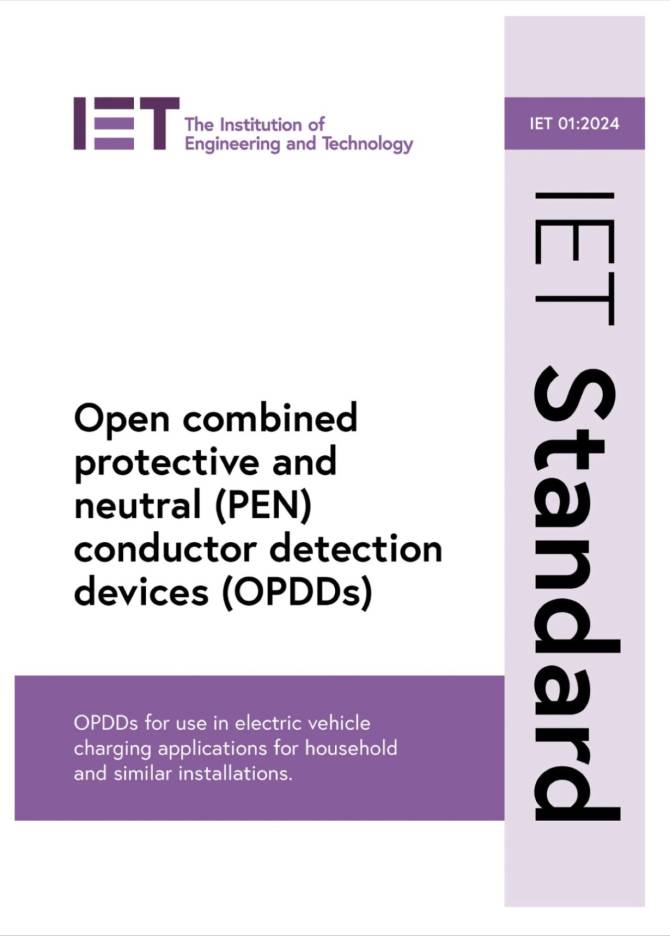Commentary now open on new Open-PEN Standard
One of the challenges in the EV industry has been finding the best way to achieve reliable protection against electric shock, whilst taking into consideration all the issues we have going on in the reliability and integrity of the public supply network.
Consequences of which we have discussed before:
Damage to homes following open PEN fault
BS 7671 has provided a couple of methods to achieve protection against open-PEN. Ranging from the balancing of three phases (which has since been removed), the installation of a reference earth electrode and voltage monitoring to true Earth, or the option to monitor between live conductors to identify if the voltage rises or falls out of range (below 207 V and beyond 253 V).
These options have resulted in the development of open-PEN protection coming in a variety of shapes and sizes as there was no particular Standard on the construction of these devices.
Well the IET has been working behind the scenes on the development of a Standard and it has now been made available for comment - I am not going to question why it's the IET who are doing this at this moment in time, I'll save that for later.

This Standard (IET 01) includes definitions, requirements and tests for open PEN detection devices (OPDDs). During a protective earth neutral (PEN) fault, hazardous touch-voltages may occur at exposed-conductive-parts, including metallic parts of an electric vehicle (EV), connected to the supply PEN conductor by installation and equipment protective conductors.
The OPDD is intended to remove the hazard of electric shock by electrically disconnecting the output of the device from the live conductors of the supply and from the protective earth under specified conditions indicative of an open-circuit fault in the PEN conductor of the low voltage network.
IET 01 is primarily intended for use by manufacturers of EV charging equipment and all those involved in the installation of domestic EV charging equipment and associated products, including, but not limited to, manufacturers, designers, installers, developers and operators. It will also be useful to architects, construction firms, facility and estate managers and anyone investing in or responsible for the electrical safety of EV charging equipment and products.
You can download and add your opinions on this standard here.
